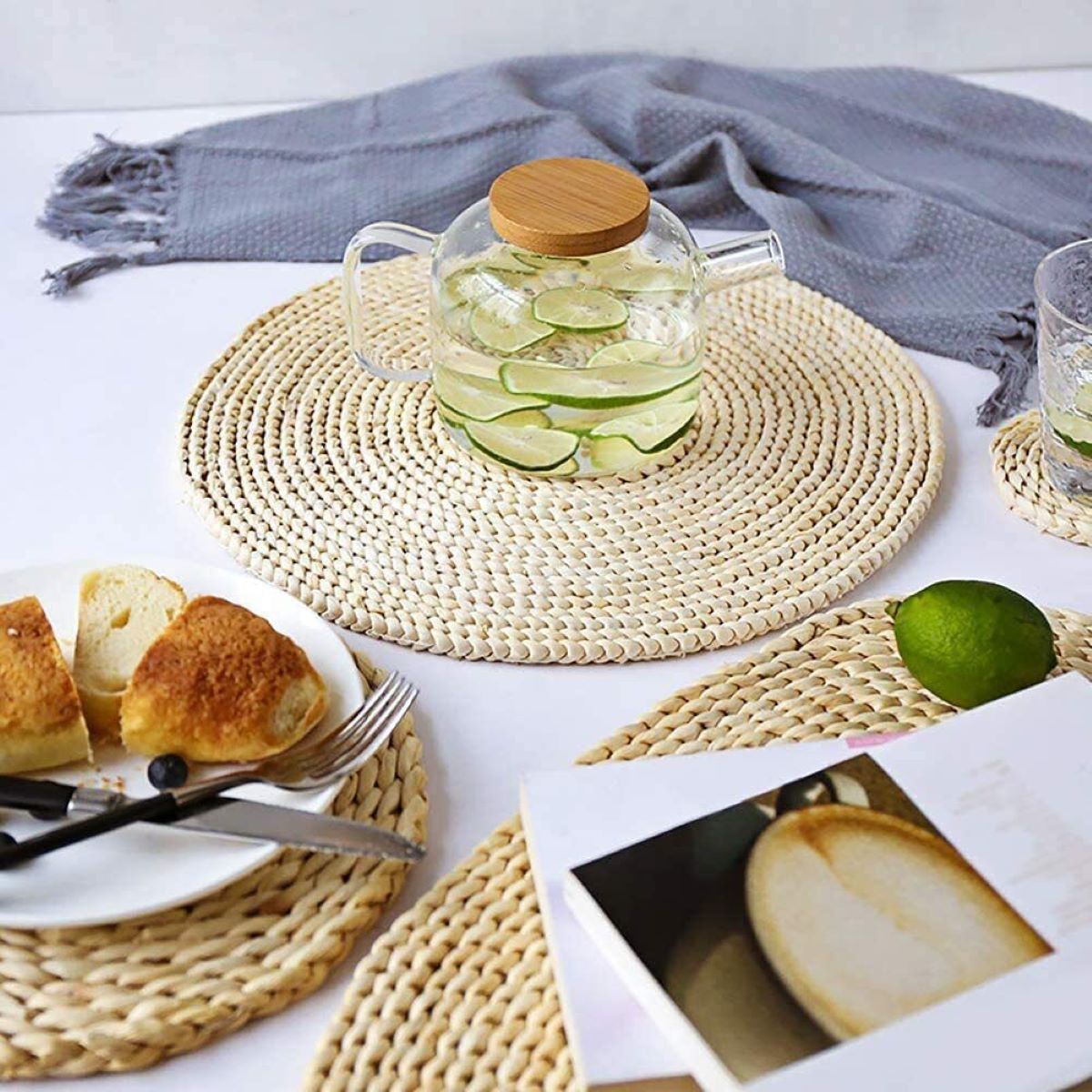

Tableware
What Is A Placemat?
Modified: December 7, 2023
Discover what a placemat is and how it enhances your tableware. Explore the benefits of using placemats to protect your dining table and add visual appeal.
(Many of the links in this article redirect to a specific reviewed product. Your purchase of these products through affiliate links helps to generate commission for Storables.com, at no extra cost. Learn more)
Introduction
A placemat is a versatile and functional accessory that is commonly used in dining settings. It serves both a practical purpose of protecting the dining table and adding a decorative touch to the overall table setting. Placemats are available in a wide variety of styles, materials, and designs, making them a great way to personalize your dining experience.
In this article, we will explore the world of placemats, from their definition and purpose to the different types available and the benefits they offer. Whether you’re a tableware enthusiast, a home decor lover, or simply curious about how placemats can enhance your dining experience, this article will provide you with a comprehensive understanding of this timeless table accessory.
Key Takeaways:
- Placemats are versatile, protective, and decorative accessories that enhance dining experiences by adding style, organization, and practical benefits to the table setting. They come in various materials and designs to suit individual preferences and occasions.
- By incorporating placemats as part of home decor, individuals can infuse personality, creativity, and seasonal themes into their dining areas, creating inviting and visually appealing spaces for family and guests. Placemats offer a unique opportunity to elevate the overall aesthetic of the dining environment.
Read more: What Size Are Placemats
Definition of a Placemat
A placemat is a flat, rectangular or round mat that is typically placed on a dining table to serve as a protective barrier between the table surface and the dinnerware. It is designed to provide a clean, organized, and visually appealing setting for meals. Placemats can be made from a variety of materials, including fabric, silicone, plastic, or even natural materials like bamboo or cork.
Placemats come in various sizes and shapes, depending on personal preference and the size of the table. While rectangular placemats are the most common, round and oval options are also available to suit different table shapes. Placemats can be used for both formal and casual dining settings, making them a versatile table accessory.
While the primary function of a placemat is to protect the table from spills, stains, and scratches, it also adds a decorative element to the dining experience. Placemats can be chosen to complement the overall theme or color scheme of a room, creating a cohesive and aesthetically pleasing table setting.
Purpose of Placemats
The purpose of placemats extends beyond their aesthetic appeal. They serve several practical functions that make them a valuable addition to any dining experience. Here are some of the main purposes of using placemats:
- Protect the table: One of the primary purposes of a placemat is to protect the surface of the dining table. Placemats act as a barrier between the table and hot dishes, spills, and utensil scratches. They help prevent damage and keep the table looking clean and well-maintained.
- Easier cleaning: Placemats are easier to clean than a whole tablecloth. If a spill or stain occurs during a meal, you can simply remove and clean the placemat, rather than having to wash or replace an entire tablecloth.
- Define individual spaces: Placemats can help designate individual spaces at a dining table, especially in formal settings or when hosting guests. Each person can have their own designated placemat, giving a sense of organization and structure to the dining arrangement.
- Add style and aesthetics: Placemats provide an opportunity to enhance the visual appeal of the dining table. They come in various designs, patterns, and colors, allowing you to add a personal touch to your table setting. Placemats can help set the tone for a meal and create a welcoming and inviting atmosphere.
- Reduce noise and provide cushioning: Placemats can help reduce noise caused by placing dishes and cutlery directly on the table surface. They also offer a layer of cushioning, preventing plates and glasses from slipping and providing a more stable surface.
Overall, placemats serve both functional and decorative purposes. They offer practical protection, ease of cleaning, individual space delineation, and the opportunity to enhance the aesthetics of your dining area.
Types of Placemats
Placemats come in a wide variety of styles, materials, and designs, allowing you to choose the perfect option to suit your personal taste and the occasion. Here are some of the common types of placemats:
- Fabric placemats: Fabric placemats are a popular choice for both formal and casual dining settings. They are typically made from materials such as cotton, linen, or polyester. Fabric placemats offer a soft and elegant look, and they come in various patterns, colors, and textures to complement your tableware and decor.
- Plastic placemats: Plastic placemats are a practical option for everyday use. They are easy to clean and often come in vibrant colors and playful designs. Plastic placemats are durable and can withstand spills and stains, making them ideal for households with young children.
- Silicone placemats: Silicone placemats are a versatile and heat-resistant option. They provide a non-slip surface for dishes and cutlery and are easy to clean. Silicone placemats come in a range of colors and textures, and they can be rolled up for convenient storage.
- Natural material placemats: Placemats made from natural materials like bamboo, cork, or jute are eco-friendly options that add a touch of nature to your dining table. These placemats have a unique and organic look, and they are often woven or textured for added visual interest.
- Paper placemats: Paper placemats are disposable options that are often used in restaurants or for special occasions. They come in a variety of designs to suit different themes and can be a convenient choice for outdoor dining events or parties.
When choosing a placemat, consider the level of formality, the ambiance you want to create, and the practicality needed for your specific requirements. Mix and match different types of placemats to add variety and create a unique table setting that reflects your style and personality.
Materials Used for Placemats
Placemats are available in a wide range of materials, each with its own unique characteristics and aesthetic appeal. The choice of material can greatly impact the durability, style, and functionality of the placemat. Here are some commonly used materials for placemats:
- Fabric: Fabric placemats, such as cotton, linen, or polyester, are popular for their softness and elegant appearance. They can be easily washed and come in various colors, patterns, and textures, allowing for versatile options to match any table setting.
- Plastic: Plastic placemats are known for their durability and easy maintenance. They are resistant to spills and stains, making them a practical choice for everyday use. Plastic placemats often come in a wide array of vibrant colors and fun patterns to add a playful touch to your dining experience.
- Silicone: Silicone placemats are heat-resistant and provide a non-slip surface for your dishes and cutlery. They are easy to clean and can be rolled up for convenient storage. Silicone placemats are available in various colors and textures to suit different styles and preferences.
- Natural materials: Placemats made from natural materials like bamboo, cork, or jute offer an organic and eco-friendly option. These materials add a rustic and natural touch to your table setting. Bamboo and cork placemats are known for their durability, while jute placemats have a distinct woven texture.
- Paper: Paper placemats are often used in restaurants or for special occasions. They are disposable and come in a wide variety of designs, making them a convenient choice for events where quick cleanup is desired.
When selecting a placemat material, consider factors such as the level of formality, desired aesthetic, ease of maintenance, and the specific needs of your dining environment. Mixing and matching materials can also add visual interest and create a unique and personalized table setting.
A placemat is a protective table covering used during meals to protect the table surface from heat, spills, and scratches. It also adds a decorative touch to the table setting.
Read more: What Are Placemats Used For
Popular Placemat Designs
Placemats offer a fantastic opportunity to express your personal style and elevate the overall aesthetics of your dining table. Whether you prefer minimalist elegance, bold and vibrant designs, or natural and earthy textures, there is a wide range of popular placemat designs to choose from. Here are some of the most sought-after designs:
- Stripes: Striped placemats are classic and timeless. They come in various color combinations and widths, offering a versatile and stylish addition to any table setting. Whether you prefer a subtle tone-on-tone stripe or a bold contrasting design, striped placemats can add a touch of sophistication to your dining experience.
- Floral: Floral placemats bring a sense of beauty and femininity to the table. They feature intricate floral patterns in soft or vibrant colors, making them perfect for spring or summer gatherings. Floral placemats can create a fresh and vibrant ambiance, evoking the beauty of nature.
- Geometric: Geometric designs are contemporary and modern, adding a sense of structure and visual interest to the table setting. From intricate geometric patterns to clean and simple shapes, geometric placemats can complement a wide range of interior styles and provide a sleek and polished look.
- Abstract: Abstract placemat designs offer a creative and artistic touch to your table. They often feature bold colors, unique shapes, and unconventional patterns. Abstract placemats can be a conversation starter and add a sense of artistic flair to your dining experience.
- Natural textures: Placemats with natural textures, such as woven bamboo, cork, or jute, bring warmth and an organic feel to the table. These placemats showcase the beauty of natural materials and can create a rustic and inviting atmosphere.
It’s important to choose a placemat design that complements your personal style, the overall theme of your dining space, and the occasion. Mixing and matching different designs can also create a dynamic and visually appealing table setting. Don’t be afraid to experiment and have fun with your placemat choices to create a dining experience that reflects your individuality and creativity.
Benefits of Using Placemats
Placemats are not just decorative accessories; they offer a range of practical benefits that enhance your dining experience. Here are some key advantages of using placemats:
- Protection: Placemats act as a protective layer between your dinnerware and the table surface. They prevent scratches, spills, and stains, ensuring your table stays in good condition.
- Easy cleanup: Placemats simplify the cleanup process after a meal. Instead of cleaning the entire table, you can easily remove and clean the placemats, saving time and effort.
- Organization: Placemats help define individual dining spaces, especially when hosting guests or in formal settings. They provide a sense of organization and create a designated space for each person at the table.
- Aesthetics: Placemats add visual appeal to your table setting. With various designs, colors, and textures, they allow you to personalize and elevate the overall ambiance and style of your dining area.
- Noise reduction: Placemats help minimize noise caused by placing dishes and utensils directly on the table surface. They provide a cushioning effect, leading to a quieter dining experience.
- Non-slip surface: Many placemats are designed with non-slip materials, such as silicone or textured fabrics. This provides stability for your plates, glasses, and cutlery, reducing the risk of accidental spills or slips.
- Versatility: Placemats can be used for various occasions, from everyday meals to special gatherings. You can easily switch out placemats to suit different themes or seasons, bringing freshness and versatility to your table.
- Personalization: With a wide selection of placemat designs, you have the opportunity to express your personal style and create a unique dining atmosphere that reflects your personality and taste.
Overall, the use of placemats offers both practical and aesthetic benefits. They protect your table, simplify cleaning, add style to your dining area, and contribute to a more enjoyable and organized eating experience.
Care and Maintenance of Placemats
To ensure that your placemats remain in good condition and continue to enhance your dining experience, it’s important to follow proper care and maintenance practices. Here are some tips for caring for and maintaining your placemats:
- Read the care instructions: Different placemats may have specific care instructions, so it’s essential to read and follow any guidelines provided by the manufacturer.
- Regular cleaning: Depending on the material of your placemats, they may require regular cleaning. Fabric placemats can be machine washed or hand washed according to the manufacturer’s instructions. Plastic and silicone placemats are typically easy to clean with a damp cloth or sponge. Natural material placemats may need gentle spot cleaning.
- Prompt stain removal: If you notice any spills or stains on your placemats, it’s important to address them promptly to prevent them from setting. Blot the stain gently with a clean cloth or sponge, and use mild soap or stain remover if needed. Avoid scrubbing harshly to prevent damaging the material.
- Avoid direct heat: Placemats made from delicate materials like fabric or natural fibers should be kept away from direct heat sources, such as hot pans, plates, or utensils. This will prevent any heat damage or warping of the placemats.
- Store properly: When not in use, store your placemats in a cool and dry place to prevent any mold growth or damage. Avoid folding or creasing them if possible, as this can lead to permanent wrinkles or creases.
- Rotate and alternate: To ensure even wear and tear, rotate your placemats regularly and alternate their use. This will help prevent any overuse or fading of specific placemats.
- Protect from strong sunlight: Prolonged exposure to strong sunlight can cause colors to fade or materials to deteriorate. If your dining area receives direct sunlight, consider using blinds or curtains to protect your placemats when not in use.
By following these care and maintenance tips, you can keep your placemats looking their best and extend their lifespan. The specific care requirements may vary depending on the material of your placemats, so always refer to the manufacturer’s instructions for the best care practices.
Placemats as Home Decor
Placemats not only serve a functional purpose but can also be utilized as an element of home decor. They offer a wonderful opportunity to enhance the overall aesthetic appeal of your dining area and create a cohesive and inviting atmosphere. Here are some ways to incorporate placemats as home decor:
- Color coordination: Choose placemats that complement the color scheme of your dining room or kitchen. Opt for placemats in hues that either match or create a pleasing contrast with the surrounding decor. This will add visual interest and create a harmonious look.
- Pattern play: Consider the patterns on your placemats and how they can interact with the other elements in the space. If your tableware or wallpaper features bold patterns, select placemats with more subtle designs. On the other hand, if your dining area has a more muted decor, you can use placemats with vibrant or intricate patterns to add a focal point to the table.
- Layering and mixing: Experiment with layering different placemats to create an appealing and textured look. Combine placemats of different materials, textures, or colors to create a dynamic and personalized table setting. Playing with layers adds depth and visual interest to your dining area.
- Seasonal themes: Change your placemats seasonally to reflect the time of year. Use lighter and brighter colors for spring and summer, rich and warm tones for autumn, and icy or cool shades for winter. Adding seasonal placemats instantly transforms the ambiance and keeps your dining area updated and fresh.
- Accessorize with napkins and centerpieces: Coordinate your placemats with complementary napkins, table runners, or centerpieces. When everything works together cohesively, it creates an inviting and polished look. For example, consider using placemats in a natural texture with linen napkins and rustic centerpiece for a cozy and organic feel.
- Mix and match: Don’t hesitate to mix and match different placemats to create a unique and eclectic table setting. Combine various shapes, sizes, and patterns to showcase your personal style and create a truly individualized dining experience.
Remember, placemats are not limited to just the dining table. You can also use them as decorative elements on side tables, dressers, or countertops to add a pop of color, texture, or pattern to different areas of your home.
By treating placemats as part of your home decor, you can elevate the overall look and feel of your dining area, infuse personality into the space, and create an inviting atmosphere for your family and guests.
Read more: What Is A Placemat Used For?
Conclusion
Placemats are practical and versatile accessories that bring both functionality and aesthetics to your dining table. They serve as a protective barrier, keeping your table surface clean and safe from spills and scratches. Additionally, placemats offer endless opportunities for creativity and personalization, allowing you to showcase your unique style and enhance the overall ambiance of your dining area.
From fabric and plastic to silicone and natural materials, placemats come in a wide array of options to suit different preferences and occasions. Whether you prefer classic stripes, delicate florals, bold geometrics, or rustic textures, there is a placemat design that will resonate with your individual taste and complement your home decor.
Using placemats offers various advantages, including easy cleanup, organized dining spaces, noise reduction, and the ability to switch up your table setting effortlessly. They also add a decorative touch, allowing you to set the tone for a meal and create a welcoming and visually appealing environment for your family and guests.
Remember to care for your placemats according to the specific instructions provided by the manufacturer. By following proper maintenance practices, you can ensure that they remain in excellent condition and continue to enhance your dining experience for years to come.
So, next time you gather around the dining table, consider adding placemats not only for their practical benefits but also as an opportunity to elevate your home decor and transform your dining area into a stylish and inviting space.
Frequently Asked Questions about What Is A Placemat?
Was this page helpful?
At Storables.com, we guarantee accurate and reliable information. Our content, validated by Expert Board Contributors, is crafted following stringent Editorial Policies. We're committed to providing you with well-researched, expert-backed insights for all your informational needs.
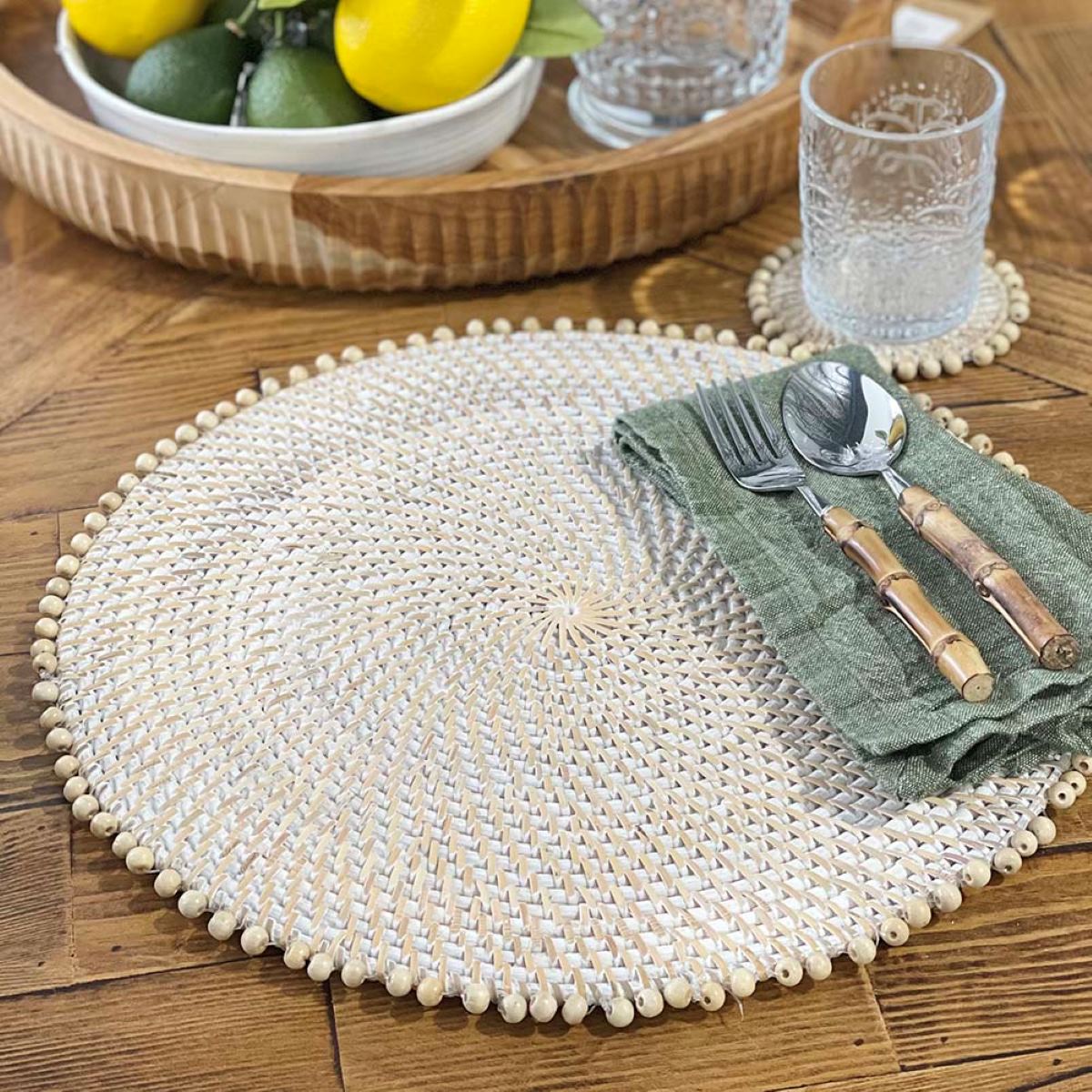
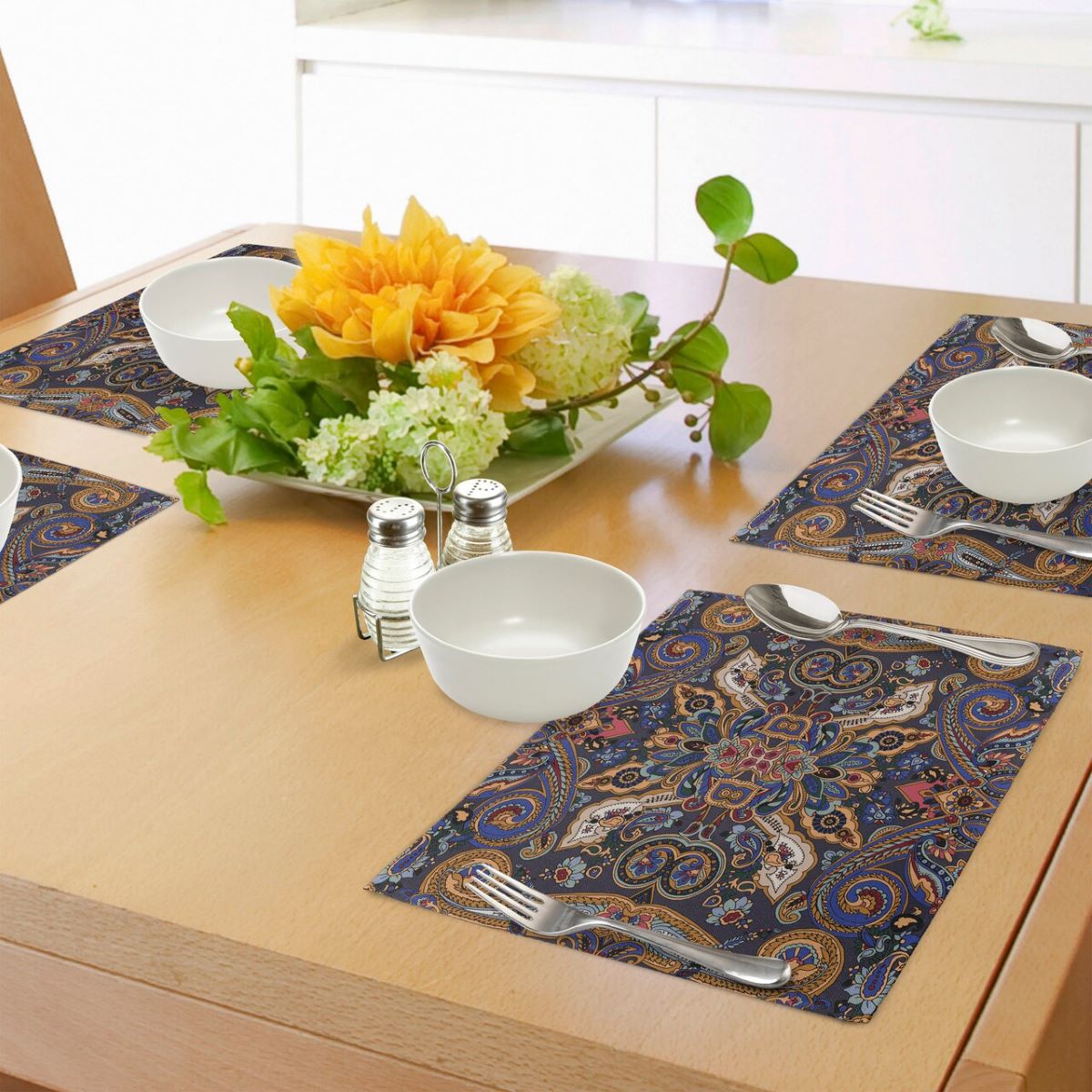
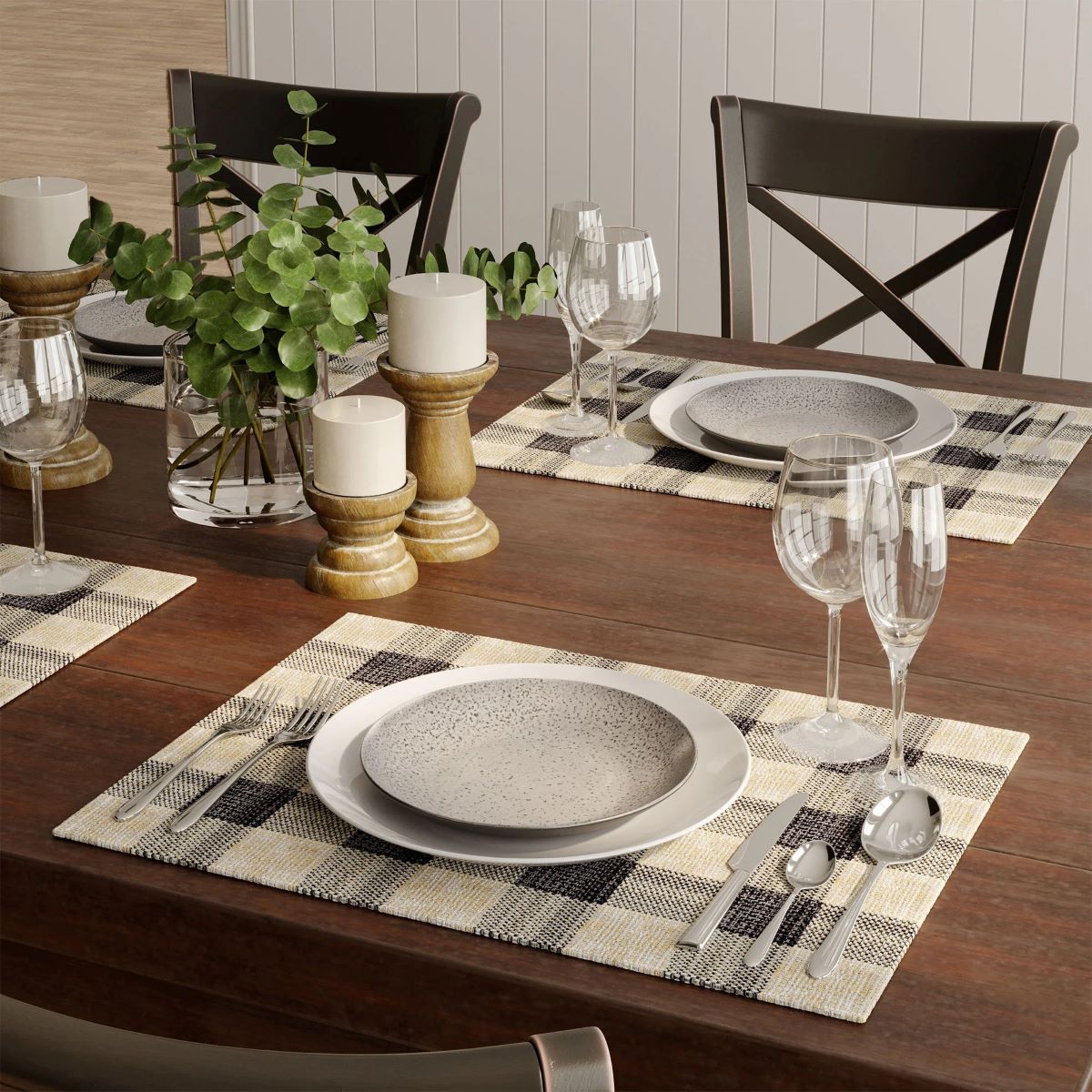
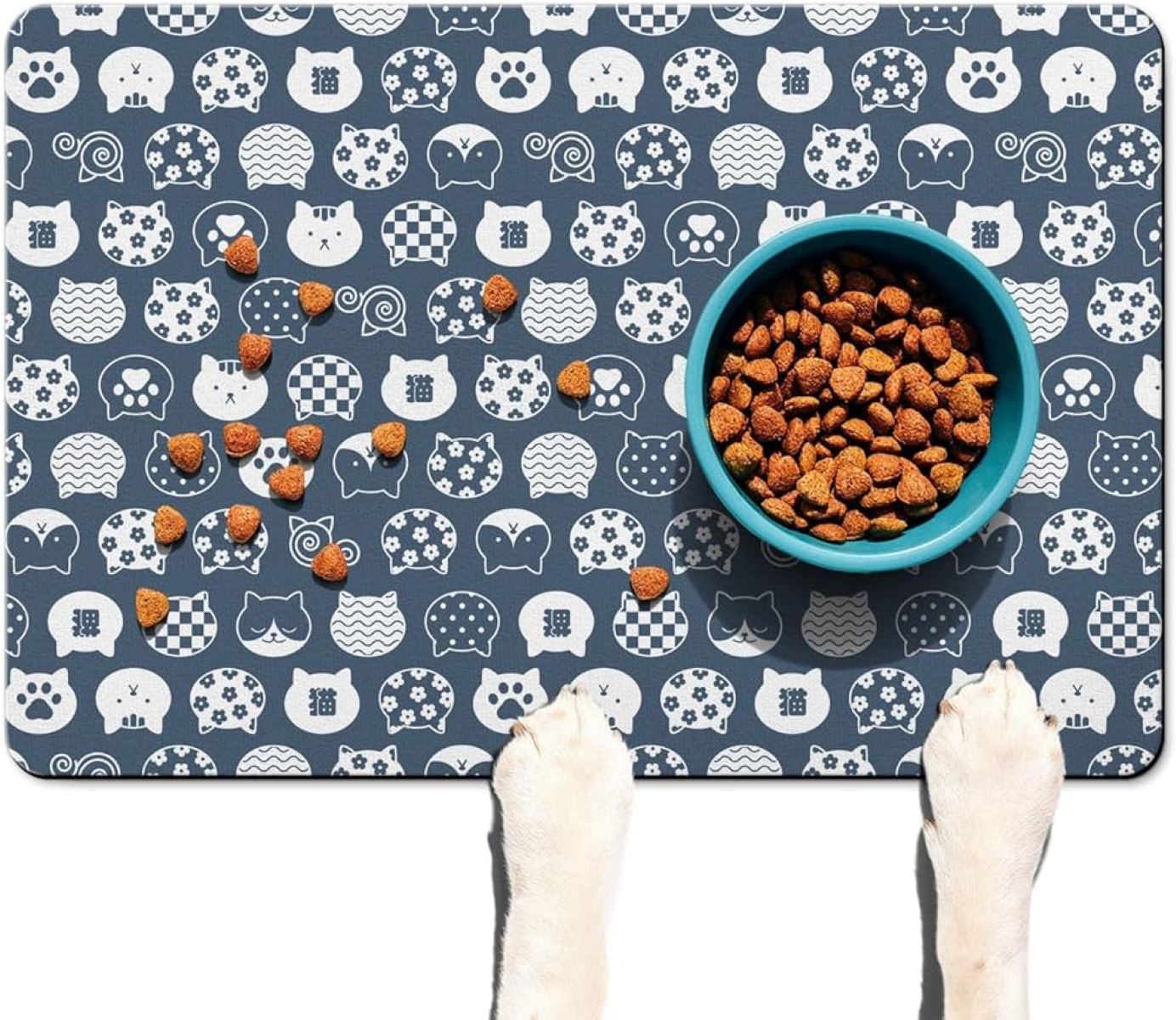
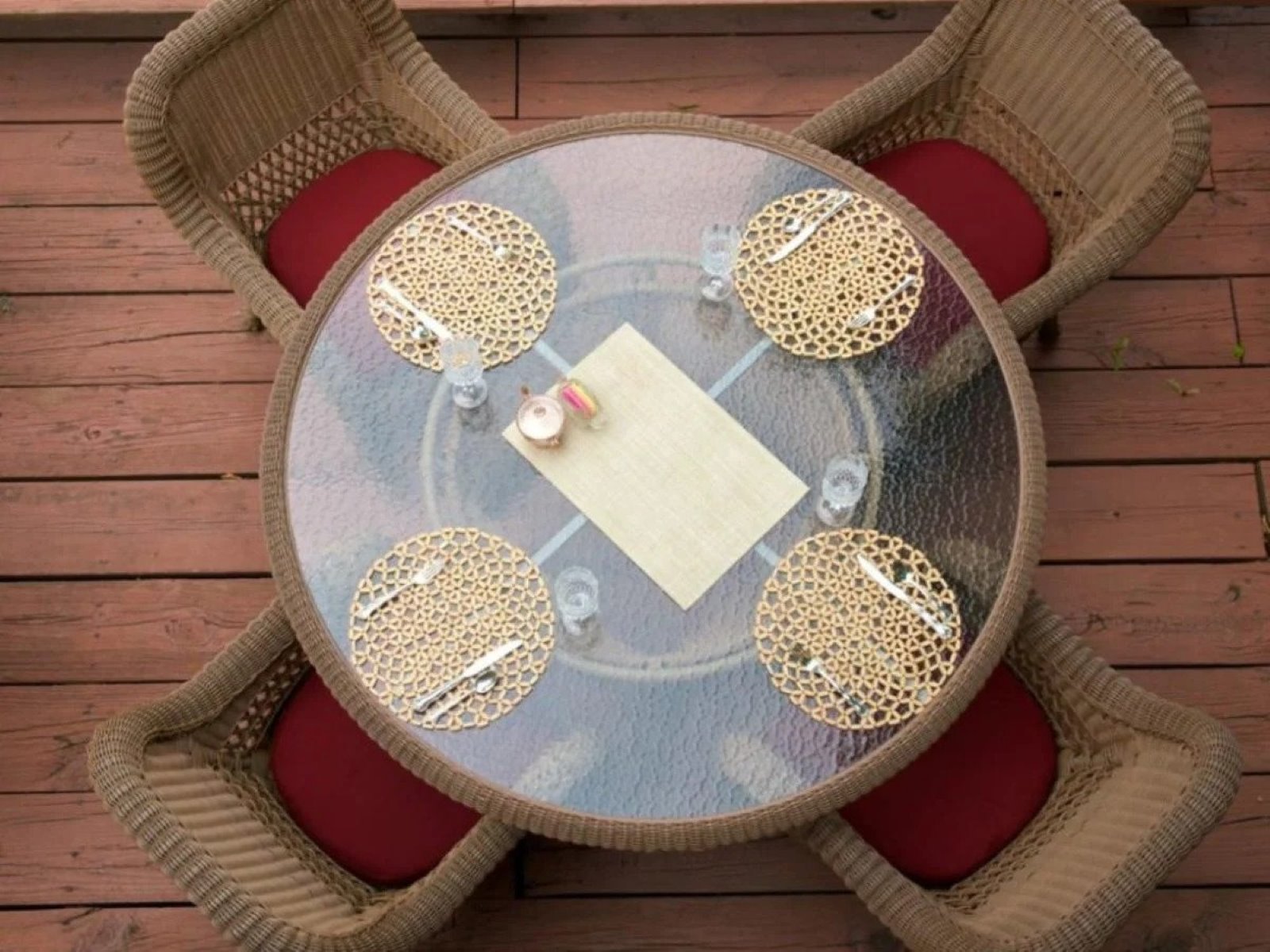
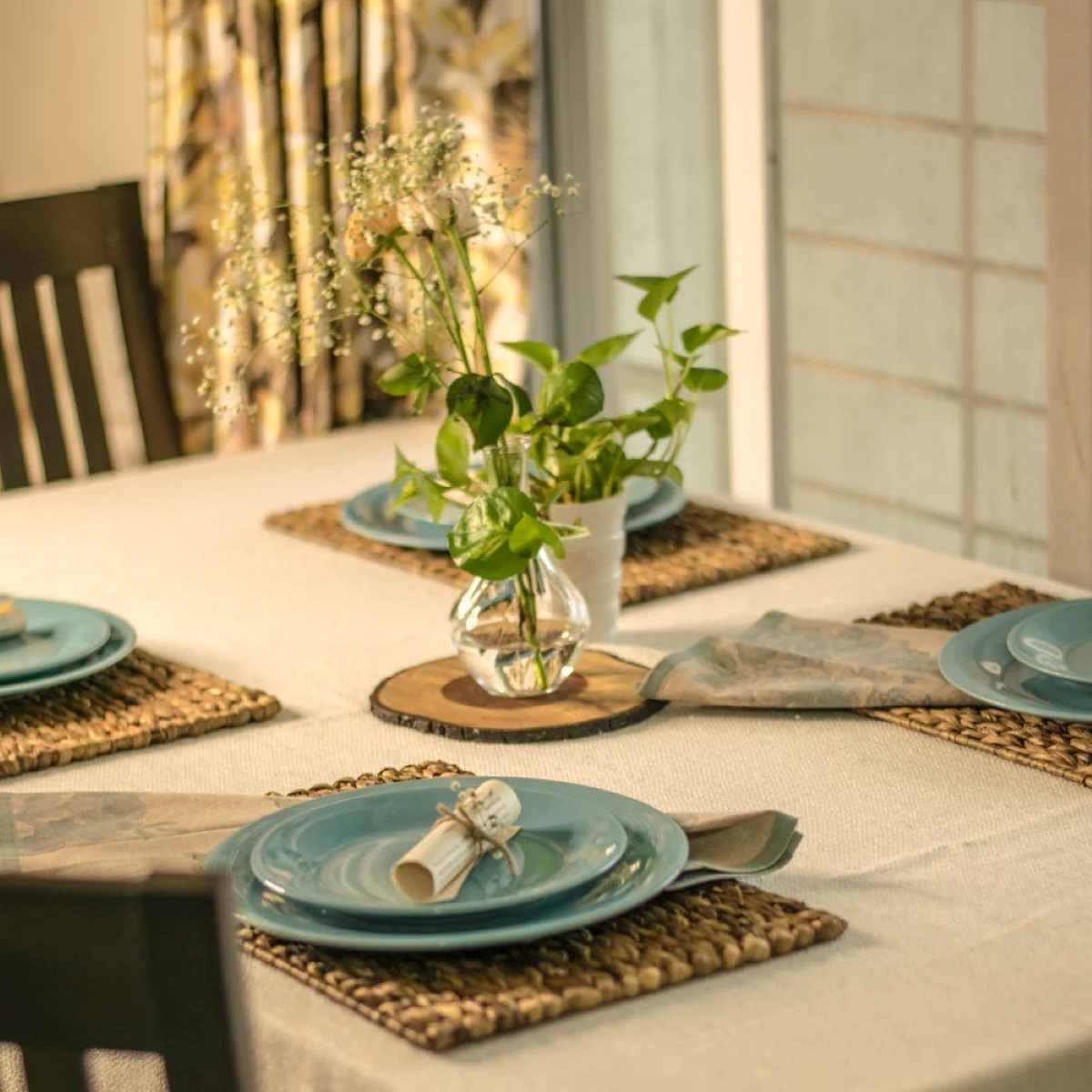
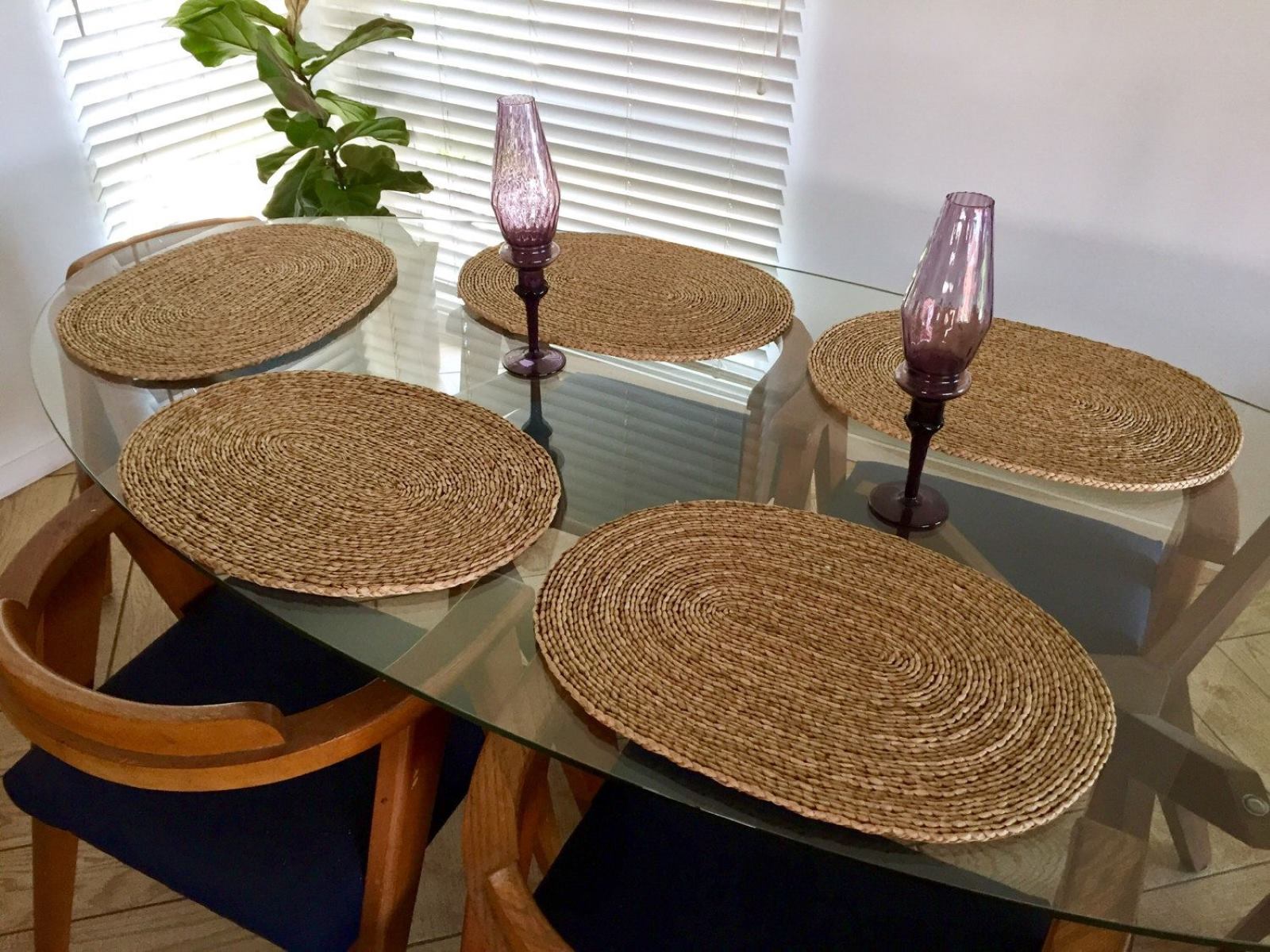
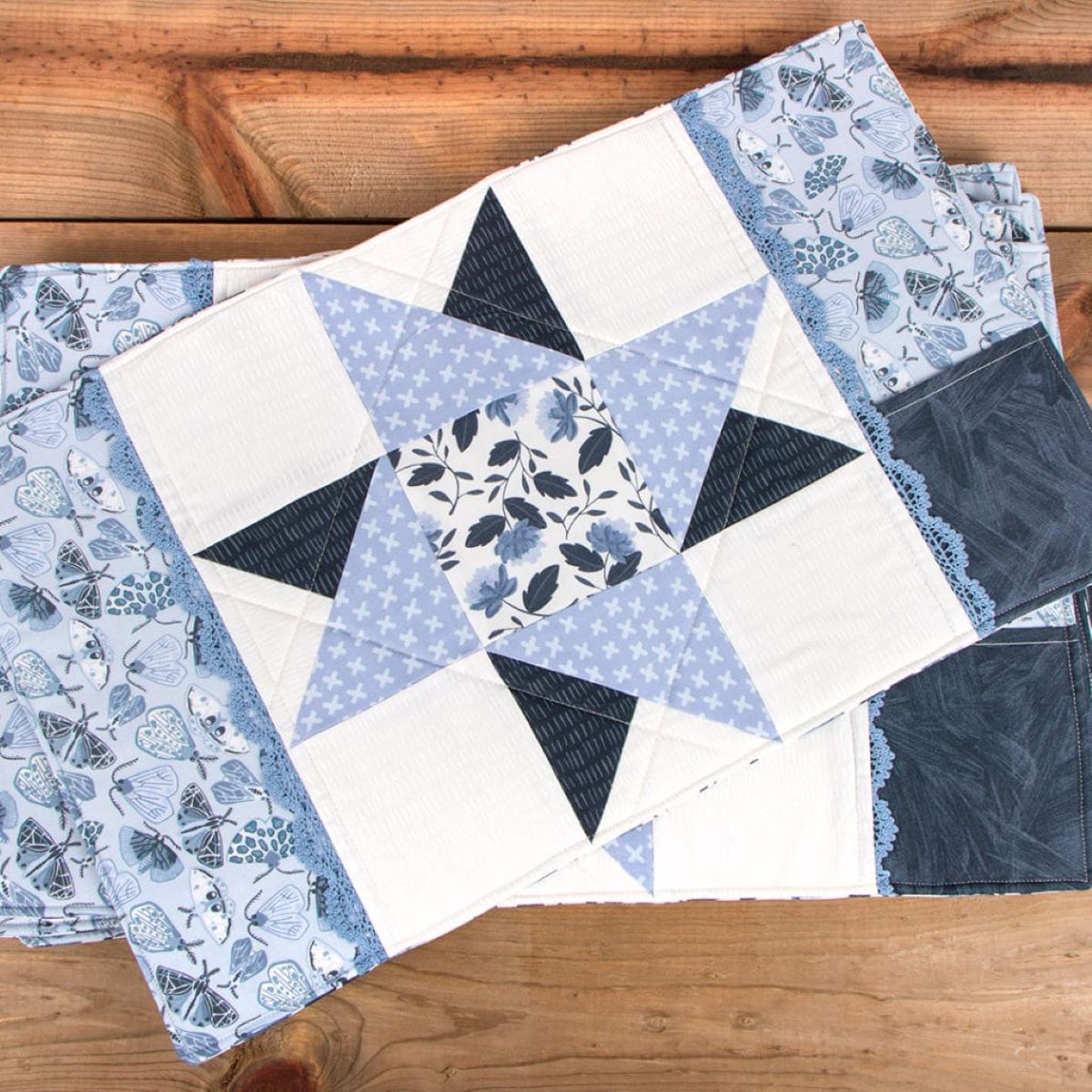
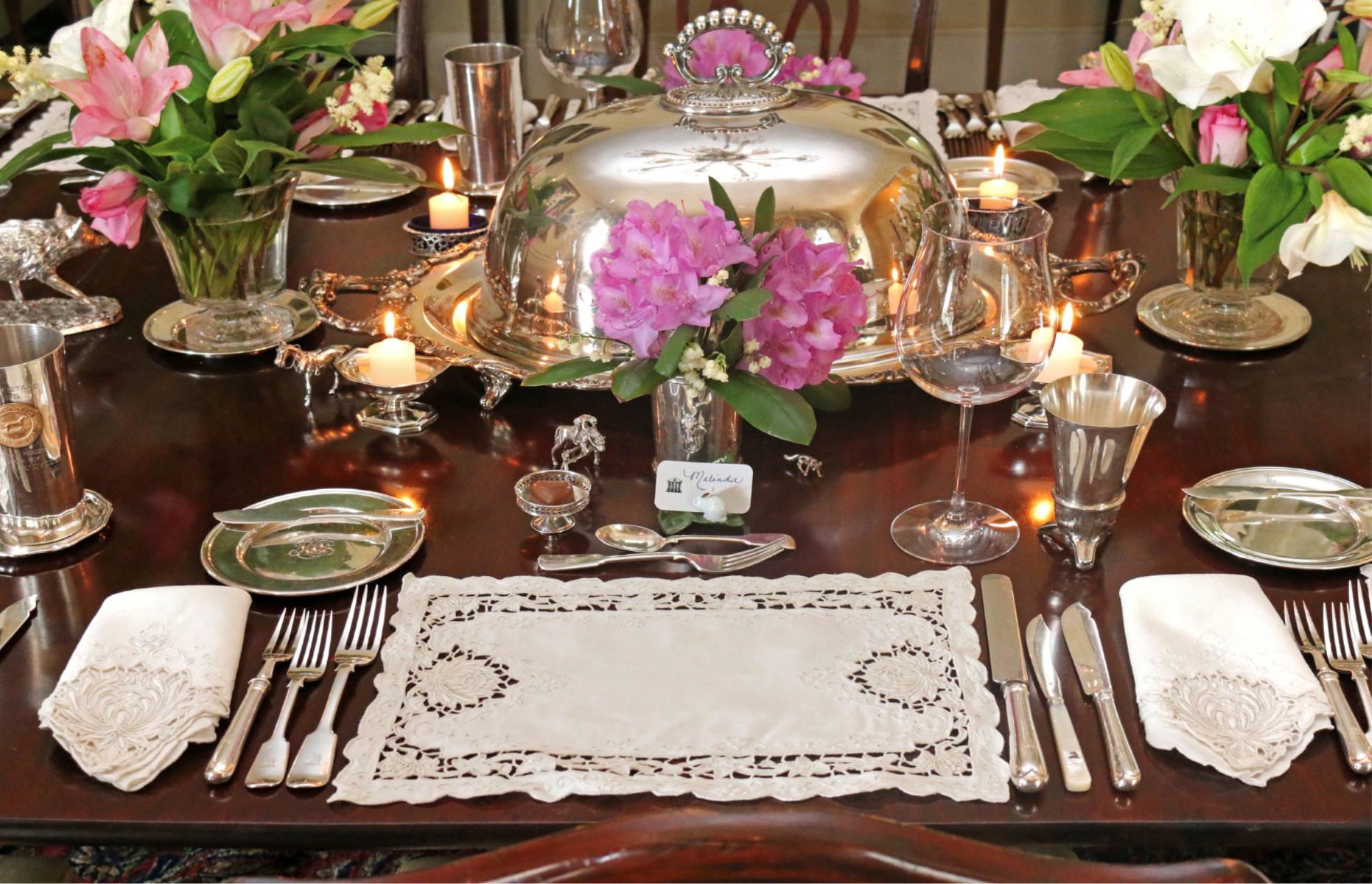
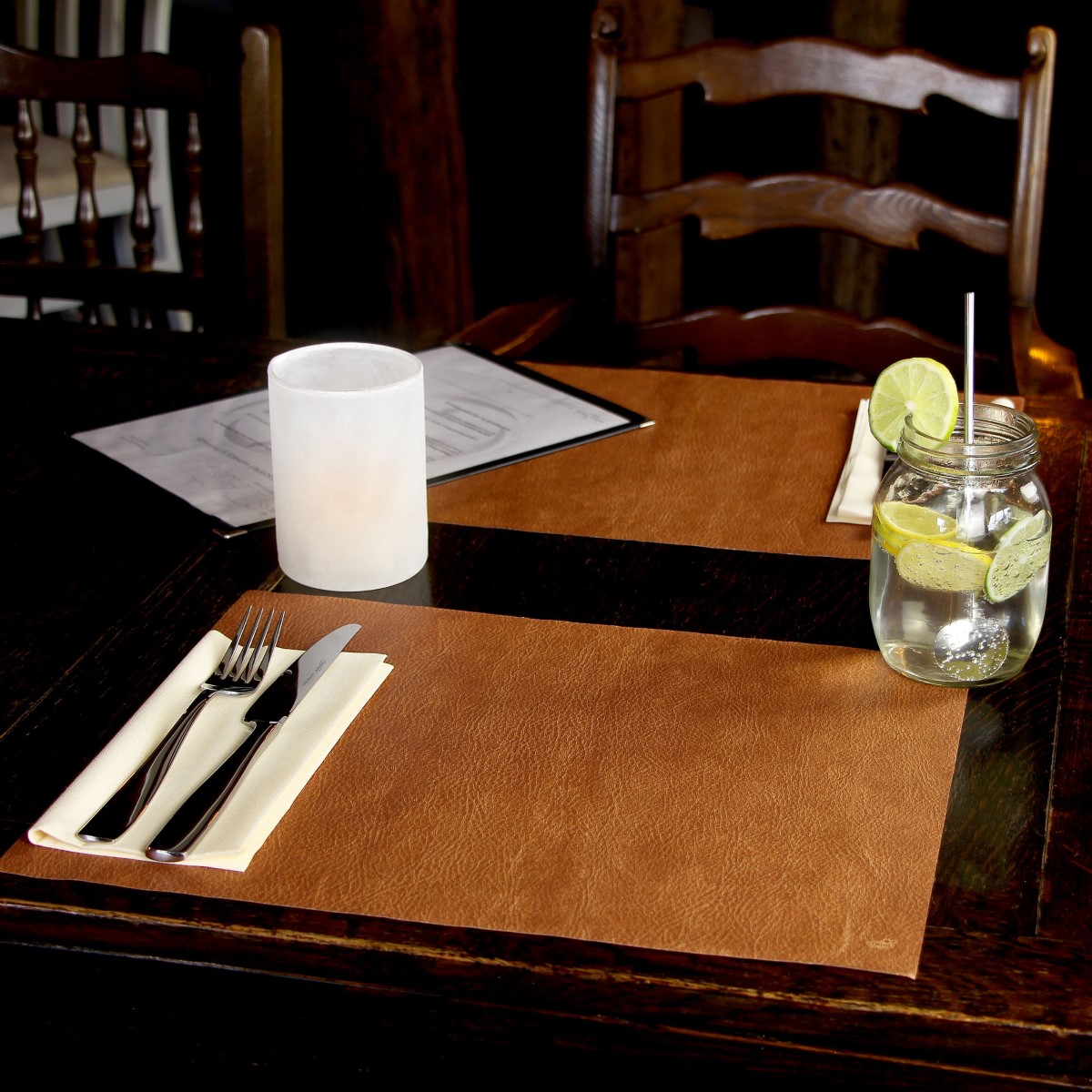
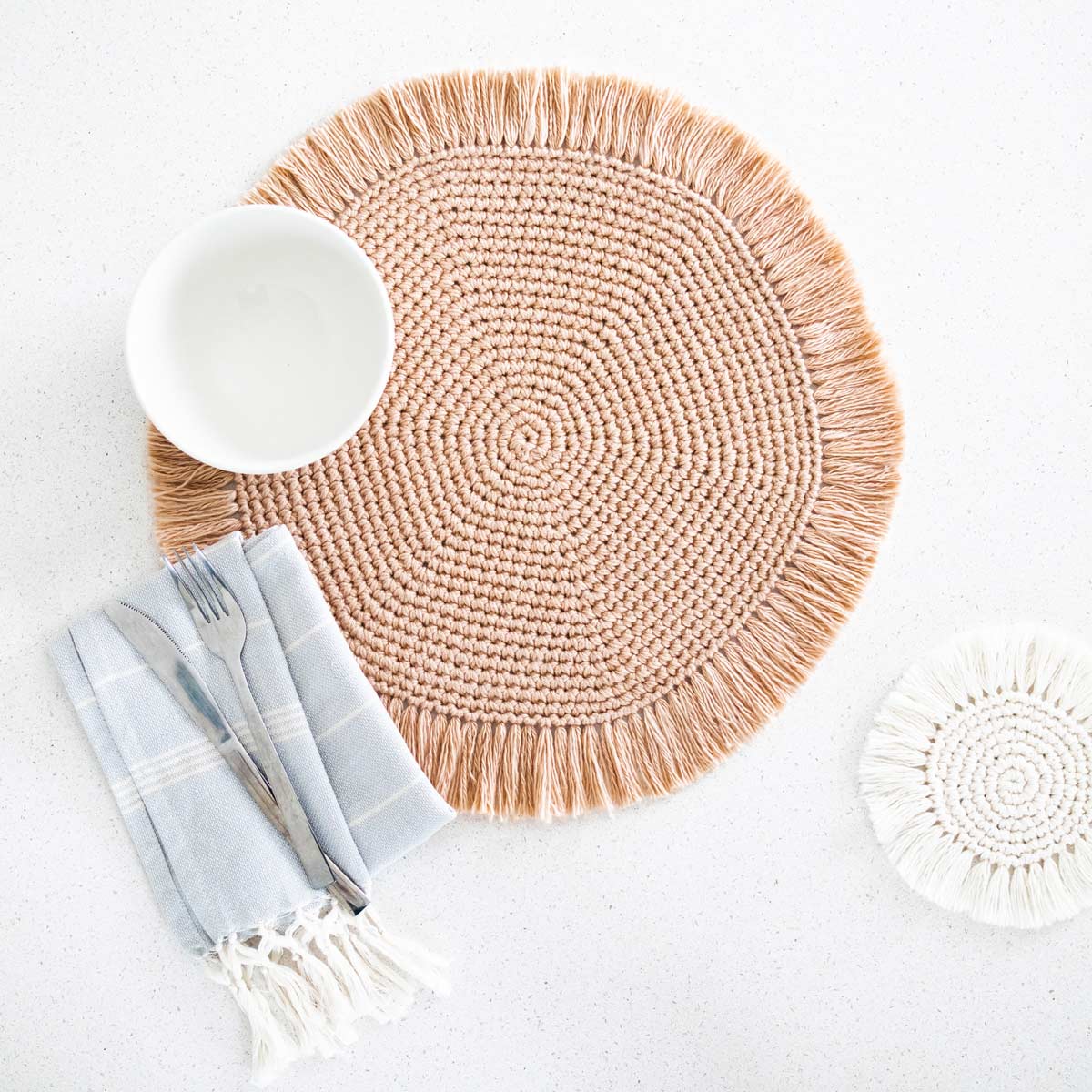
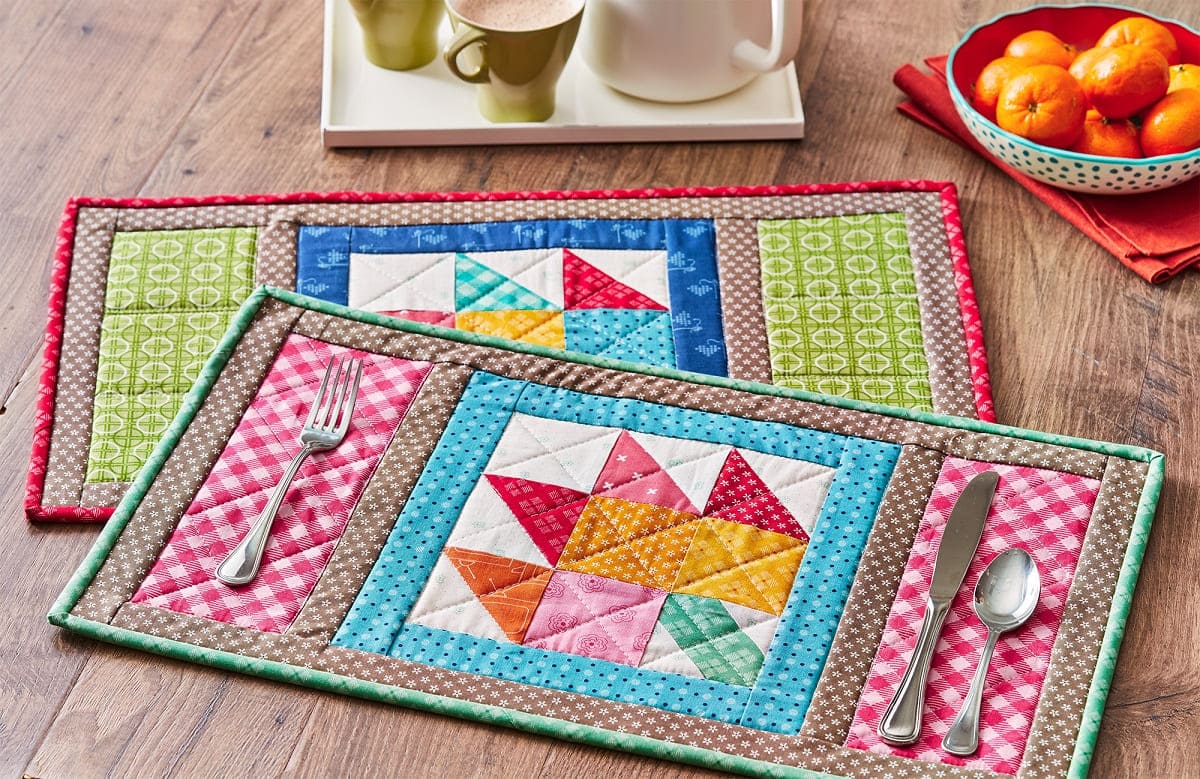
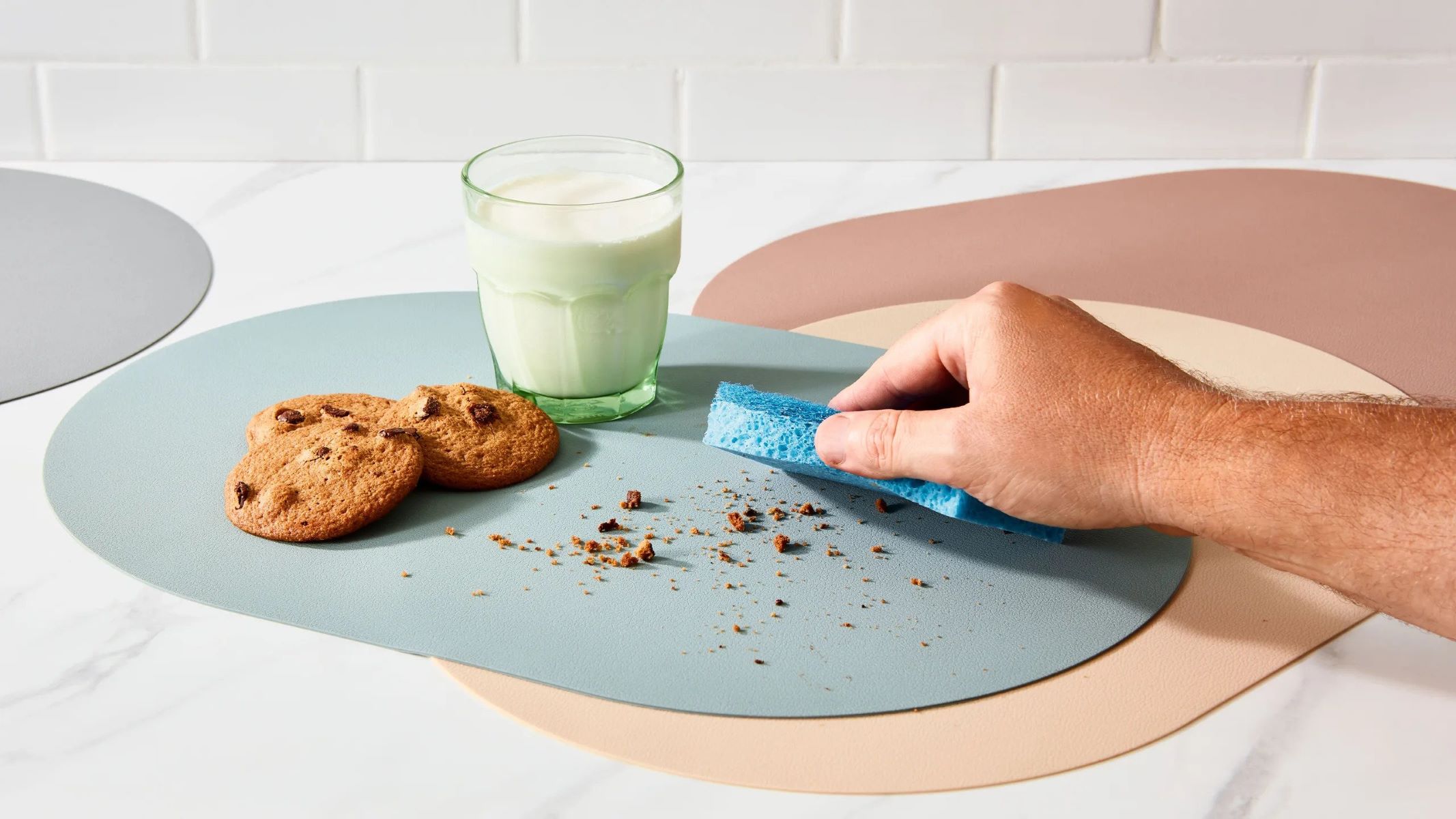

0 thoughts on “What Is A Placemat?”